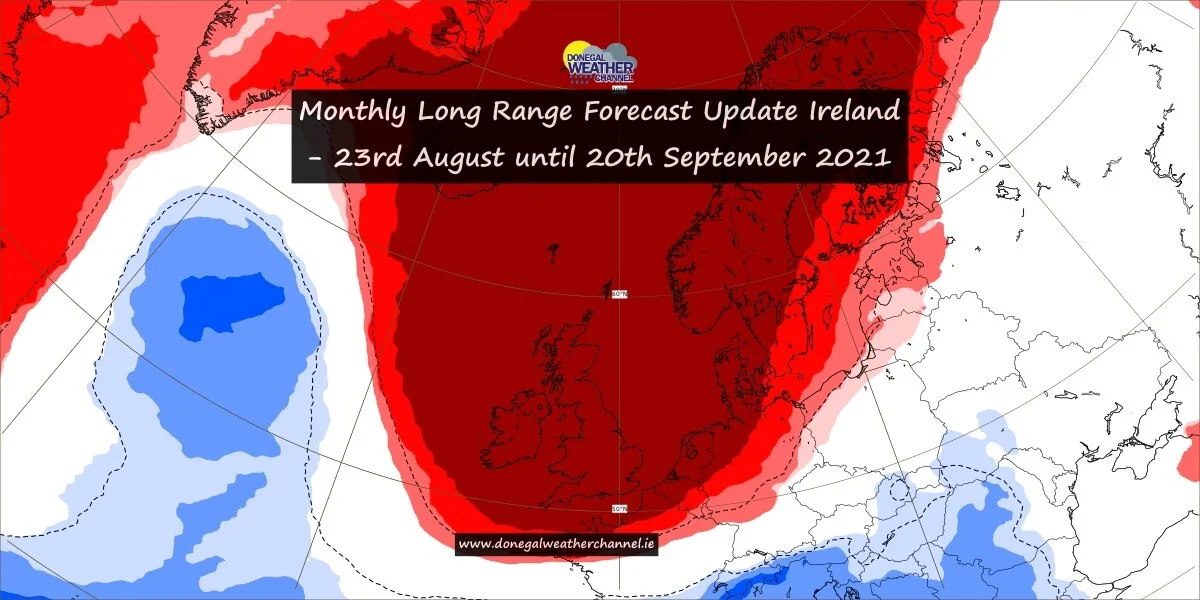Lightning strikes kill at least 74 people in India
World weather News
Thunderstorms accompanied by lightning strikes are the single-largest killer natural disaster in India, according to National Disaster Management Authority (NDMA)
At least 74 people have been killed in lightning strikes in the past 24 hours in Rajasthan, Uttar Pradesh, and Madhya Pradesh. Of these, 11 are visitors who were killed on Sunday when lightning struck them at Amer Fort near Jaipur.
The numbers may seem high but should not surprise anyone.
Thunderstorms accompanied by lightning strikes (usually in the pre-monsoon and monsoon months) are the single-largest killers among natural disasters (extreme weather events) in India, according to National Disaster Management Authority (NDMA). Lightning strikes have killed at least 2,000 people every year in India since 2004, India Meteorological Department (IMD) said last month in an awareness workshop on lightning strikes.
In 2019, there were 2,876 deaths due to lightning strikes, compared to fewer than 1,500 on an average, annually, between 1968 and 2004. There was a brief period of three to four years in between when lightning strikes killed more than 1,500 people, but the larger trend held.
The disaster management division of ministry of home affairs is yet to update the data on lightning deaths for 2020.
According to a paper published in Elsevier journal, Weather and Climate Extremes by the ministry of earth sciences titled “An assessment of long-term changes in mortalities due to extreme weather events in India: A study of 50 years’ data, 1970–2019”, the mortality rate of tropical cyclones reduced by 94% over a 20 year period, whereas that for heatwaves and lightning, increased by 62.2% and 52.8%, respectively.
Prime Minister Narendra Modi announced that funds have been released to give to the injured and next of kin of the deceased.
The Prime Minister was briefed about the loss of lives and damages due to lightning in parts of Uttar Pradesh. An ex-gratia of Rs. 2 lakh each from PMNRF would be given to the next of kin of the deceased and Rs. 50,000 would be given to the injured.
— PMO India (@PMOIndia) July 12, 2021
Monsoon break created conditions for killer strikes
Normally, lightning strikes are high in frequency during the pre-monsoon season, and when the monsoon is about to make an onset over Bihar, Uttar Pradesh and neighbouring states. This is the time when moisture levels increase, and the surface temperature is high, creating favourable conditions for development of thunder clouds.
This year, however, there have been massive lightning strikes and associated casualty in mid-July, mainly due to the long monsoon “break” when surface temperatures were very high in the absence of rain.
“There has been around a ten-day break in monsoon. There has been significant surface heating during this period. As the monsoon is reviving, moisture levels have also increased. This is the most favourable condition for development of thunder clouds and collision of ice particles which leads to charging and lightning strikes,” explained SD Pawar, project director, Thunderstorm Dynamics, Indian Institute of Tropical Meteorology, Pune.
Thunder clouds require heat and moisture to form. They are also required to be deep, around nine to 10 kilometres for collision of ice particles to take place. And that’s what is happening now.

















